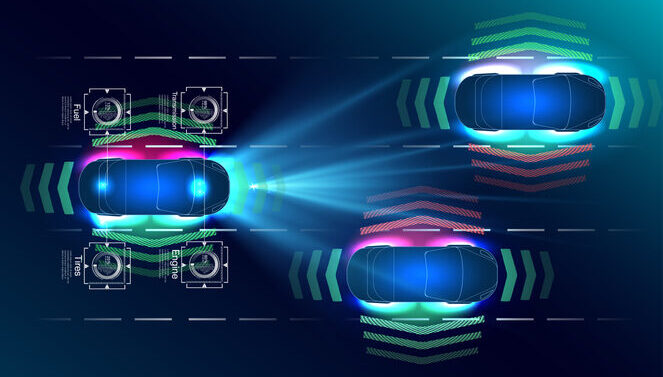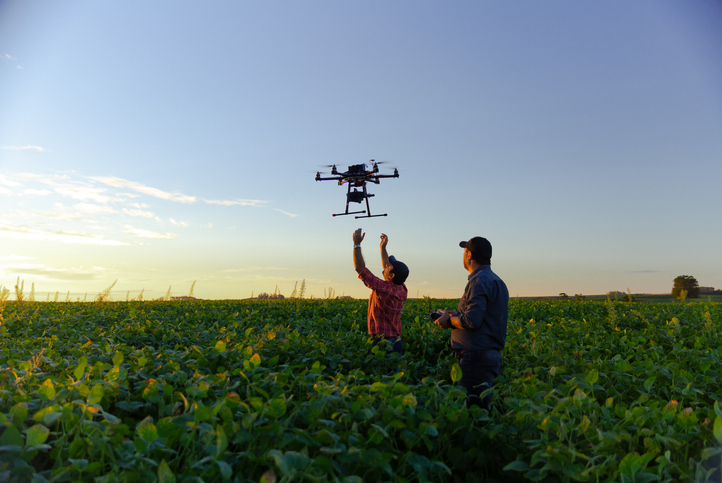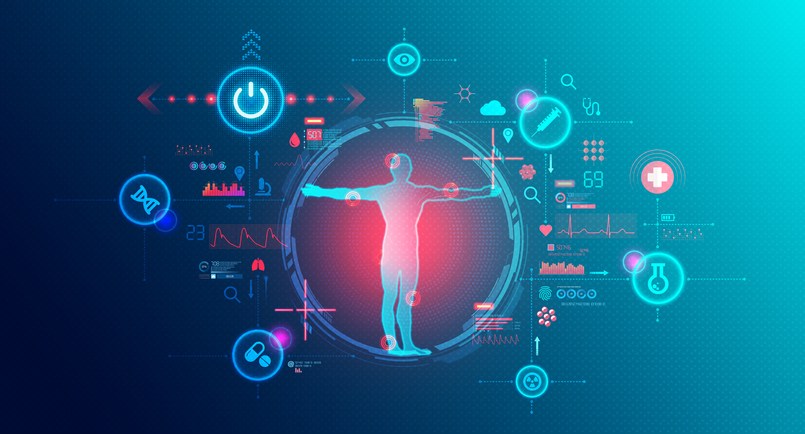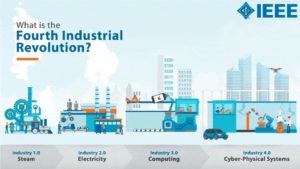A Vision of 6G URLLC
The emergence of 6G communication heralds a new era of possibilities, enabling critical applications like traffic detection, forest fire recognition, emergency search and rescue, and widespread communication broadcasting. However, what sets 6G apart is its demand for a robust communication framework with ultra-low latency, a feature that will revolutionize these services.
Motion Tracking Framework for Intuitive Interactions
For tasks that are difficult to accomplish with traditional interactive devices, this significantly improves the efficiency of human-computer interaction. It can be widely used in military, entertainment, sports, medical applications, robot technology, and even the metaverse. Still, existing technology for finger motion tracking often requires wearing a heavy device and a laborious calibration process to track the bending angle of each joint.
Mapping Regenerative Braking for EVs
Today’s EVs and HEVs use regenerative braking systems (RBS) to recapture some of the energy spent during driving. With the advancement in connectivity and autonomous driving technologies, there is a significant opportunity to harness these features further to boost efficiency.
Navigation Techniques for Virtual Reality
Navigation is a fundamental element in virtual reality (VR) applications, as it is essential for exploring space and finding one's way. Different locomotion techniques can lead to variations in how users control their movements in response to dynamic obstacles, potentially affecting users' task performance and experience.
Using AI Technologies to Enhance Mobility
In a rapidly evolving world, inclusivity and accessibility are essential principles in a society that is continually changing and marked by technological breakthroughs. One critical domain where these principles are paramount is mobility for individuals with physical disabilities. With the developments of modern techniques, many distinct kinds of devices—including wheelchairs — are available to help with mobility.
Digital Technology for Agriculture
The integration of artificial intelligence (AI), robotics, extended reality, and 6G technologies represents a significant leap, enabling real-time monitoring and automation in farming practices, promising a future of increased productivity and reduced environmental impact.
THz Channel Sounding Lessons for 6G
The discussions in the wireless research community concerning applications and challenges of the sixth generation (6G) mobile systems are gaining momentum. As a key factor in the next generation of mobile systems, this knowledge impacts the system and algorithm design in many areas. The last decade of channel and propagation measurements has enriched the understanding of THz channels and laid a foundation for the design of future measurement campaigns.
MIMO for On-Body IoT Applications
MIMO antennas have received much attention in modern wireless communication. The technology can transmit or receive data using multi-paths, increasing range and output performance. MIMO offers numerous advantages, including increased data rates, improved signal quality, better coverage, and enhanced spectral efficiency.
Digital Twins for Microgrids
The need for affordable, reliable, sustainable, and modern energy is now more critical than ever because of the climate crisis—which is estimated to push up to 130 million people into poverty over the next ten years and continue to cause more unpredictable natural disasters, such as cyclones, flooding, earthquakes, landslides, tsunamis, and volcanic eruptions.
Fueling the Fourth Industrial Revolution
The Fourth Industrial Revolution is upon us, and IEEE is leading the way. Learn more about key technologies that will change the way we live in this new era and how IEEE research is fostering innovation and education in these fields.













